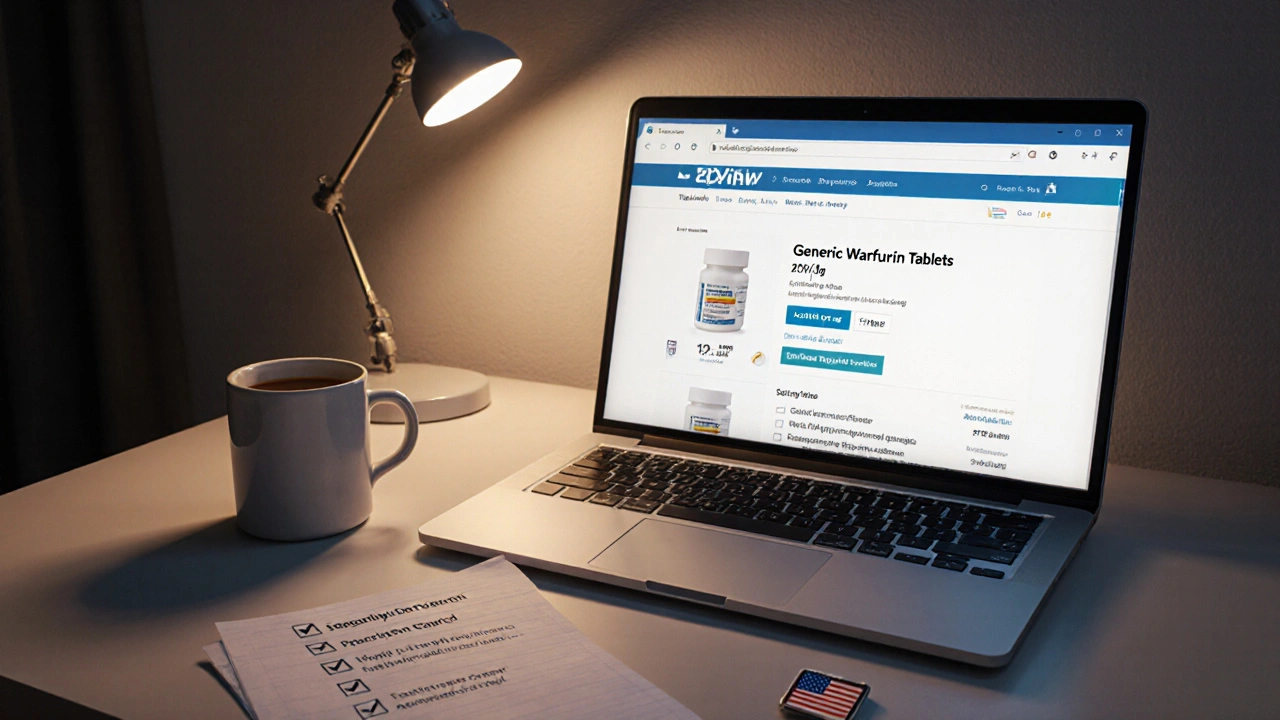Warfarin Price: What You Really Pay and Where to Find the Best Deals
When you’re on warfarin, a blood thinner used to prevent dangerous clots in people with atrial fibrillation, deep vein thrombosis, or after heart valve replacement. Also known as coumadin, it’s one of the most prescribed anticoagulants in the world. But if you’ve checked the pharmacy counter lately, you know the price isn’t always simple. Warfarin isn’t just a pill—it’s a lifeline for millions, and knowing what you’re paying for matters just as much as taking it on time.
Warfarin comes as a generic, and that’s good news. Unlike brand-name drugs that spike in cost every year, generic warfarin has stayed affordable for over a decade. Most people pay between $5 and $20 for a 30-day supply at major U.S. pharmacies like CVS, Walgreens, or Walmart’s $4 list. But if you’re uninsured or paying cash, prices can jump to $50 or more—usually because you’re buying from a pharmacy that doesn’t participate in discount programs. The key? Always ask for the cash price before you pay. Many people don’t realize their insurance doesn’t always save them money on generics like warfarin.
And it’s not just about the pill. Warfarin requires regular blood tests—INR checks—to make sure you’re in the safe range. That means you’re not just paying for the medication, but for the monitoring too. Skipping tests because of cost is dangerous. But there are ways to reduce the burden: community health centers often offer low-cost INR testing, and some clinics bundle the test with your prescription refill. If you’re on Medicare, Part D plans usually cover warfarin, but you still need to check your formulary. Some plans charge more for certain brands or require prior authorization, even for generics.
People often ask if there are better alternatives. Drugs like apixaban (Eliquis) or rivaroxaban (Xarelto) don’t need blood tests, but they cost 10 to 20 times more than warfarin. For many, warfarin is still the smart choice—not because it’s perfect, but because it’s proven, predictable, and cheap. The trade-off? You need to stick to a routine: same time every day, watch your vitamin K intake, and never skip your INR. But if you can manage it, warfarin saves thousands a year.
What you’ll find in the posts below are real comparisons people actually use: how warfarin stacks up against other blood thinners, what pharmacies offer the lowest prices, how to avoid hidden fees, and what to do if your insurance denies coverage. These aren’t theory pieces—they’re guides written by people who’ve been there, checked the receipts, and found the loopholes. Whether you’re new to warfarin or have been on it for years, you’ll walk away knowing exactly where to look next time you need a refill.
Buy Cheap Generic Warfarin Online - Safe Tips & Best Sources
Learn how to safely buy cheap generic warfarin online, verify reputable pharmacies, compare prices, and avoid common scams for a hassle‑free purchase.
More
